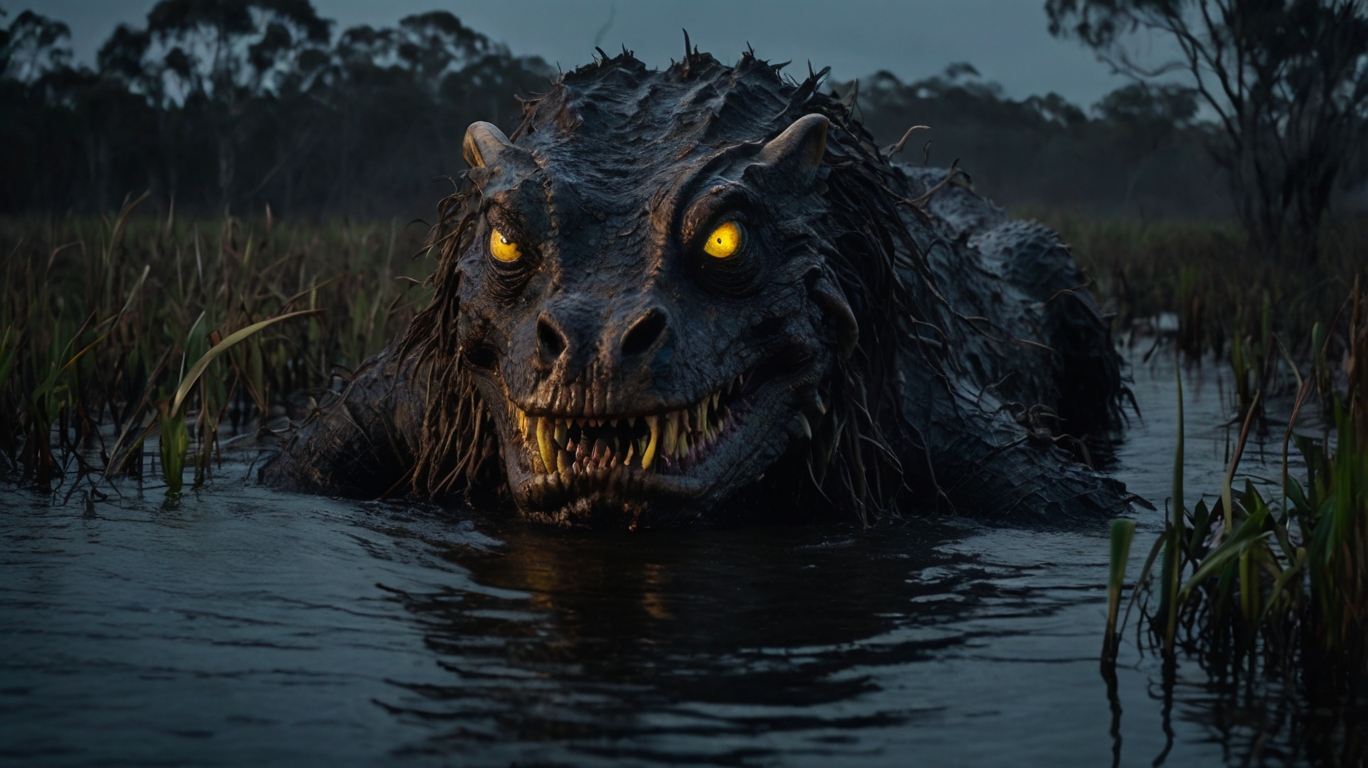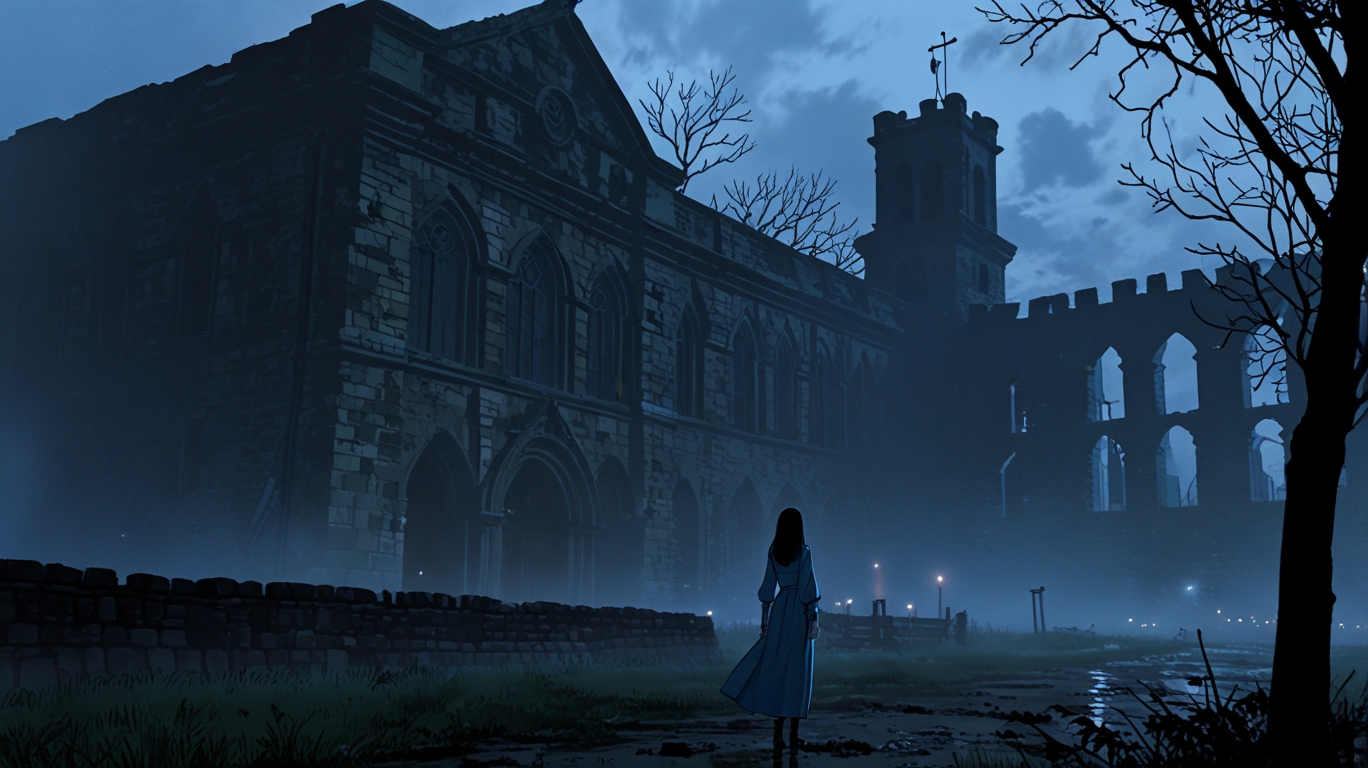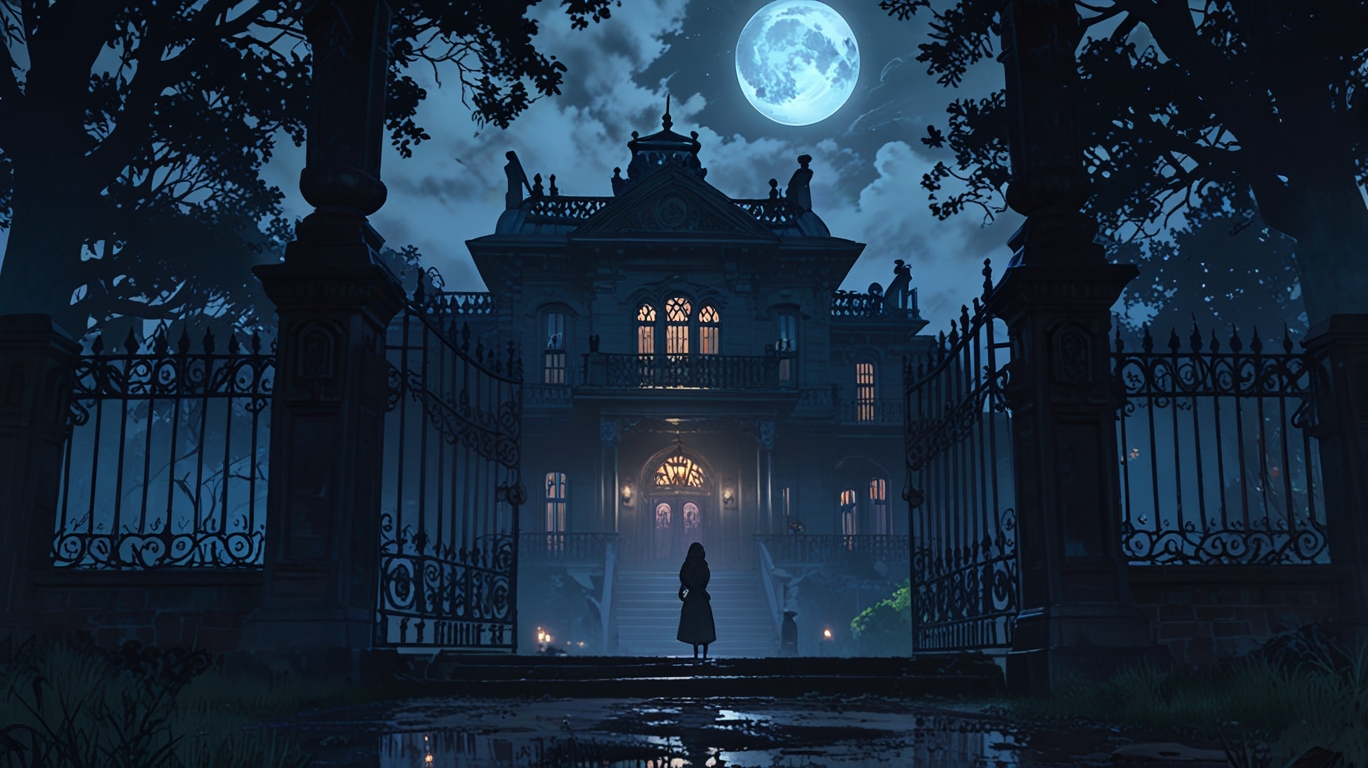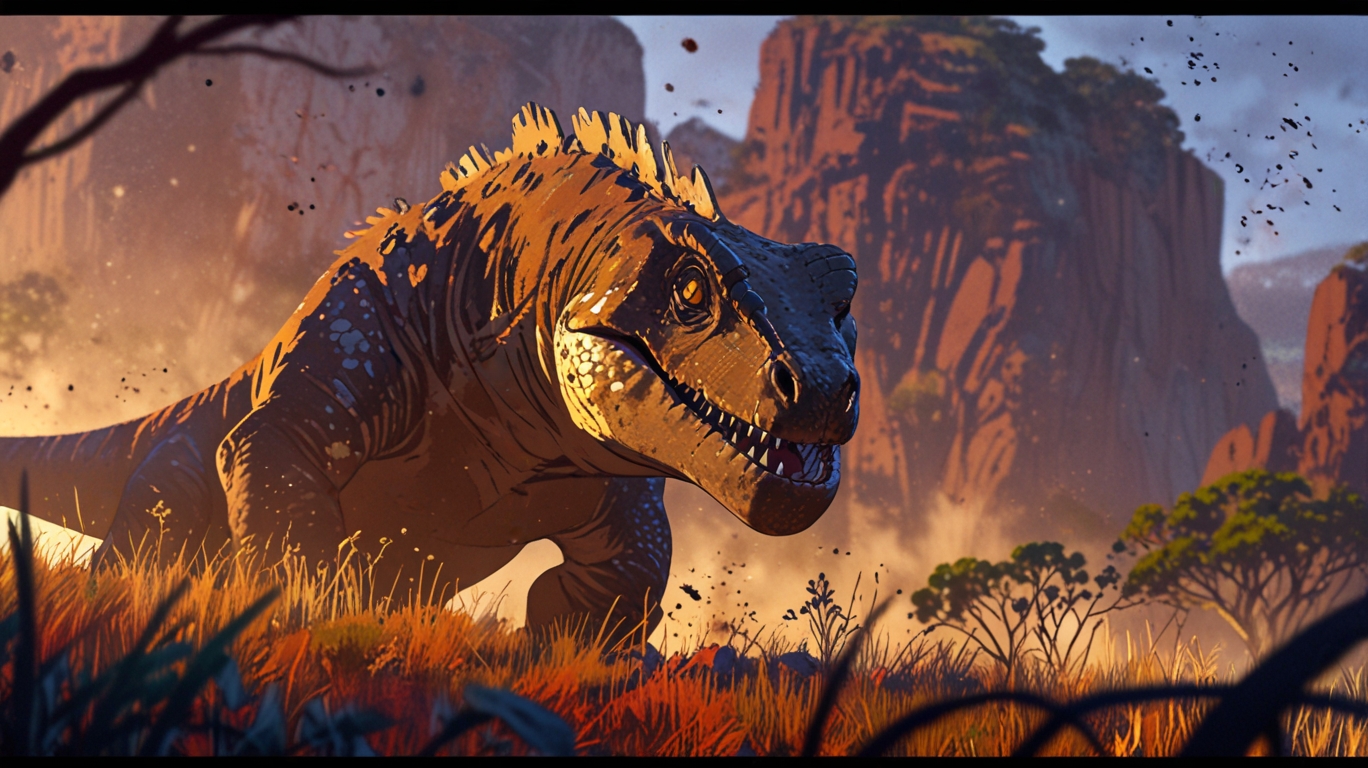Australia is a land of ancient mysteries, where the vast outback and dense rainforests hide secrets that have fascinated humans for centuries. Among its many legends, the Bunyip stands out as one of the most intriguing and terrifying creatures of Australian folklore. Often described as a water-dwelling monster, the Bunyip has been a source of fear, curiosity, and wonder for Indigenous Australians and settlers alike. But what exactly is the Bunyip, and why does it continue to captivate our imaginations? Let’s dive into the depths of this enigmatic creature’s story.
Origins of the Bunyip
The Bunyip’s origins lie deep within the Dreamtime stories of Indigenous Australians. For thousands of years, Aboriginal tribes across the continent have shared tales of a mysterious creature that lurks in swamps, billabongs, and rivers. The word “Bunyip” is thought to derive from the Wemba-Wemba or Wergaia languages of southeastern Australia, meaning “devil” or “spirit.”
In Indigenous lore, the Bunyip is often depicted as a malevolent being, a harbinger of danger, and a protector of sacred waters. It is said to punish those who disrespect the land or disturb its resting place. These stories served as cautionary tales, teaching respect for nature and warning against venturing too close to treacherous waters.
What Does the Bunyip Look Like?
Descriptions of the Bunyip vary widely, reflecting the diverse cultures and regions of Australia. Some accounts describe it as a massive, seal-like creature with dark fur, flippers, and a horse-like tail. Others depict it as a monstrous hybrid, with features of a crocodile, bird, and even a dog. Common traits include glowing eyes, sharp claws, and a blood-curdling roar that echoes across the water.
The Bunyip’s appearance often depends on the storyteller, making it a truly shape-shifting entity. This ambiguity has only added to its mystique, leaving room for endless interpretation and imagination.
Sightings and Encounters
The Bunyip has been a part of Australian folklore for centuries, with sightings reported by both Indigenous people and European settlers. Here are some of the most notable encounters:
- Early Settler Accounts
In the 19th century, European settlers began documenting Bunyip sightings. One of the earliest records comes from 1818, when explorers near Lake Bathurst in New South Wales claimed to have heard strange roars and seen a large, unknown creature in the water. - The 1847 Geelong Bunyip
In 1847, a newspaper in Geelong, Victoria, reported the discovery of a strange skull that locals believed belonged to a Bunyip. The skull was described as having a mix of bird and crocodile features, sparking widespread fascination and debate. - Modern-Day Encounters
Even in the 21st century, reports of Bunyip sightings persist. In 2016, a man in Queensland claimed to have seen a large, dark creature emerge from a river before disappearing into the depths. Such accounts keep the legend alive and fuel ongoing curiosity.
The Bunyip in Popular Culture
The Bunyip has become an iconic figure in Australian culture, appearing in books, films, and even children’s stories. One of the most famous depictions is in the children’s book The Bunyip of Berkeley’s Creek by Jenny Wagner, which reimagines the creature as a lonely being searching for its identity.
The Bunyip has also inspired art, music, and festivals. In the town of Murray Bridge, South Australia, a giant Bunyip statue attracts tourists and serves as a tribute to the legendary creature. Its haunting roar can even be heard at the push of a button!
Skepticism and Scientific Explanations
While the Bunyip is a beloved figure in folklore, skeptics argue that many sightings can be explained by misidentifications of known animals. For example, seals, crocodiles, or even large birds like the Australasian bittern could be mistaken for a Bunyip. The eerie sounds attributed to the creature might also be the calls of nocturnal animals or the echoes of wind across water.
Some researchers suggest that the Bunyip could be inspired by extinct megafauna, such as the Diprotodon, a giant wombat-like creature that once roamed Australia. Indigenous stories might have preserved memories of these ancient animals, blending fact and fiction over millennia.
Cultural Significance of the Bunyip
For Indigenous Australians, the Bunyip is more than just a mythical creature—it is a symbol of the land’s spiritual and natural power. Stories of the Bunyip teach respect for the environment and the dangers of venturing into unknown territories. They also reflect the deep connection between Indigenous people and the waterways that sustain life.
For modern Australians, the Bunyip represents a link to the country’s rich cultural heritage and its untamed wilderness. It embodies the mystery and wonder of the Australian landscape, reminding us that there are still secrets waiting to be uncovered.
The Bunyip’s Legacy
Whether real or imagined, the Bunyip has left an indelible mark on Australian culture. It continues to inspire curiosity, debate, and creativity. For some, the Bunyip is a fascinating mystery waiting to be solved. For others, it is a reminder of the power of storytelling and the human imagination.
As long as there are rivers, swamps, and billabongs, the legend of the Bunyip will endure. Perhaps one day, definitive evidence will emerge, proving once and for all whether this elusive creature is fact or fiction. Until then, the Bunyip remains one of Australia’s most captivating enigmas.
Conclusion
The Bunyip is more than just a cryptid—it is a symbol of Australia’s rich cultural heritage and its untamed natural beauty. From ancient Indigenous stories to modern-day sightings, the Bunyip has fascinated generations of Australians and visitors alike. Whether you’re a skeptic or a believer, there’s no denying the enduring appeal of this mysterious creature. So, the next time you find yourself near a quiet billabong or a murky river, listen closely—you might just hear the haunting roar of the Bunyip.



